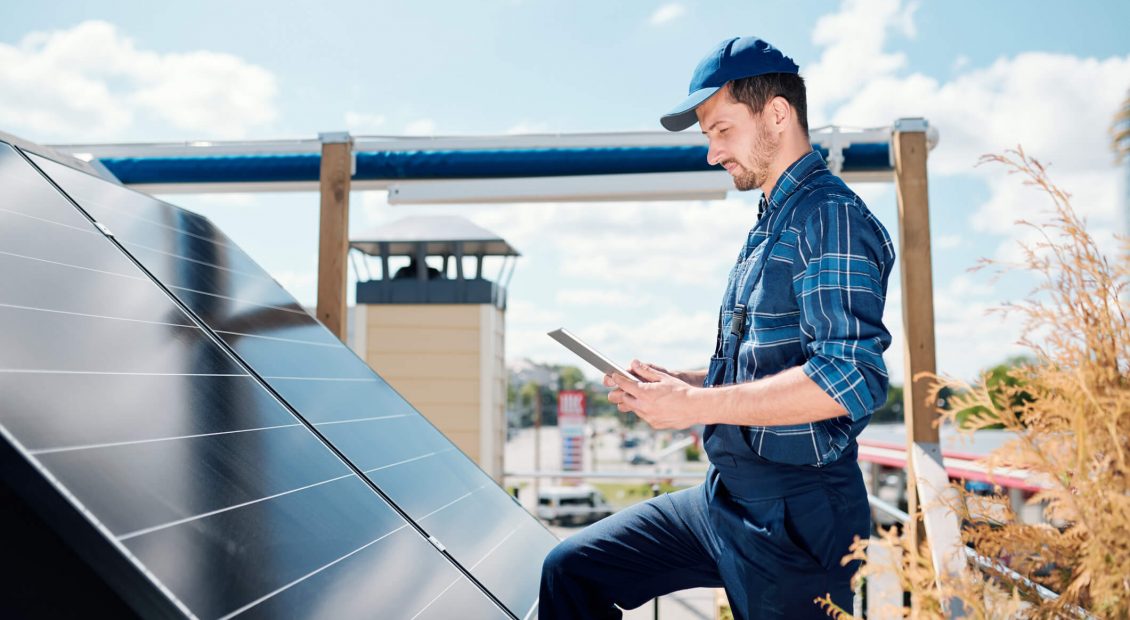
Should telcos dive deeper into energy?
The rapid rise in energy prices mean consumers and businesses are now much more conscious of how much power they are using and what it is costing them. As energy moves up everyone’s agenda, some telcos are pushing deep into the electricity market, investing in renewable power, storage and retail propositions.

